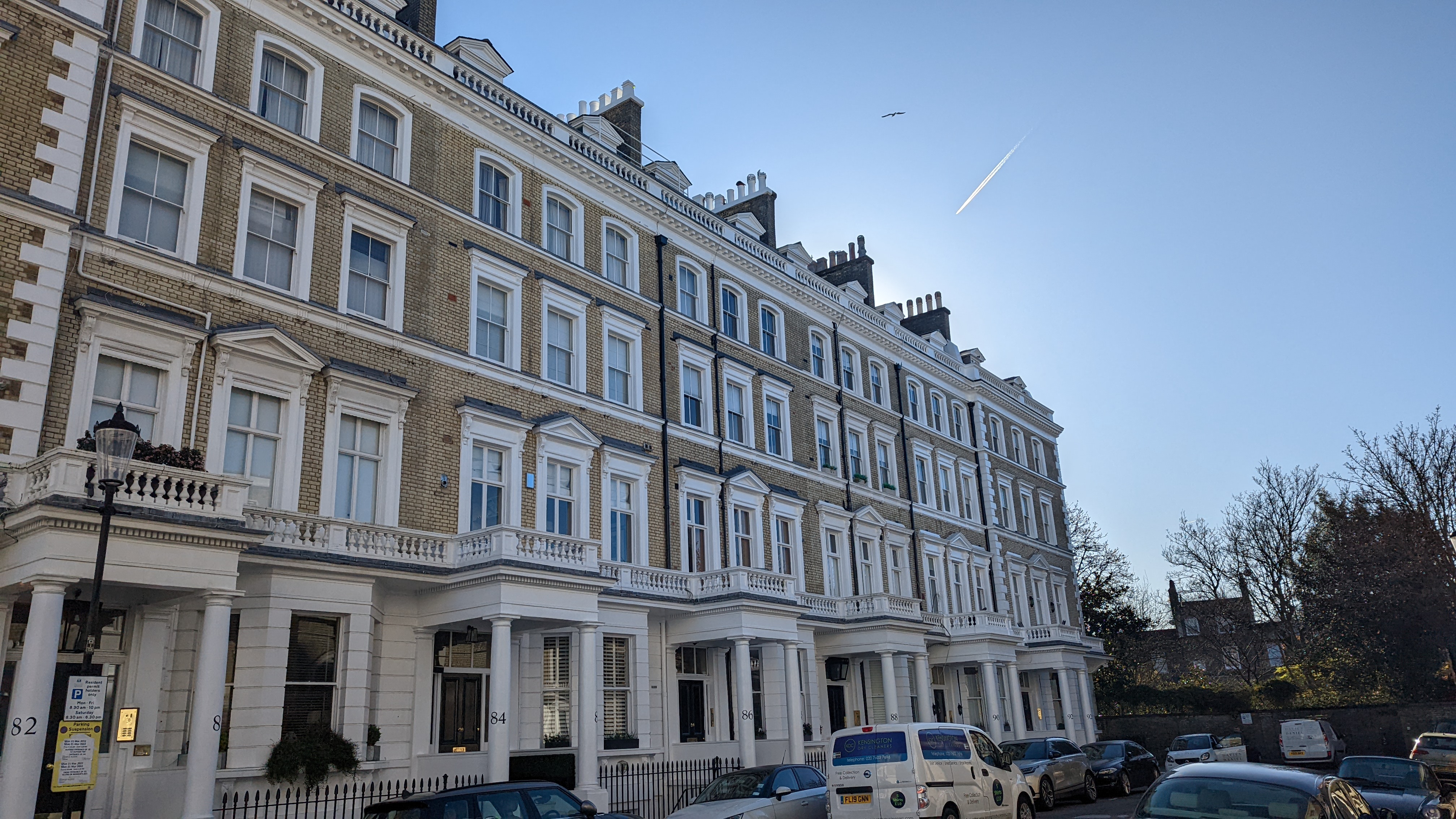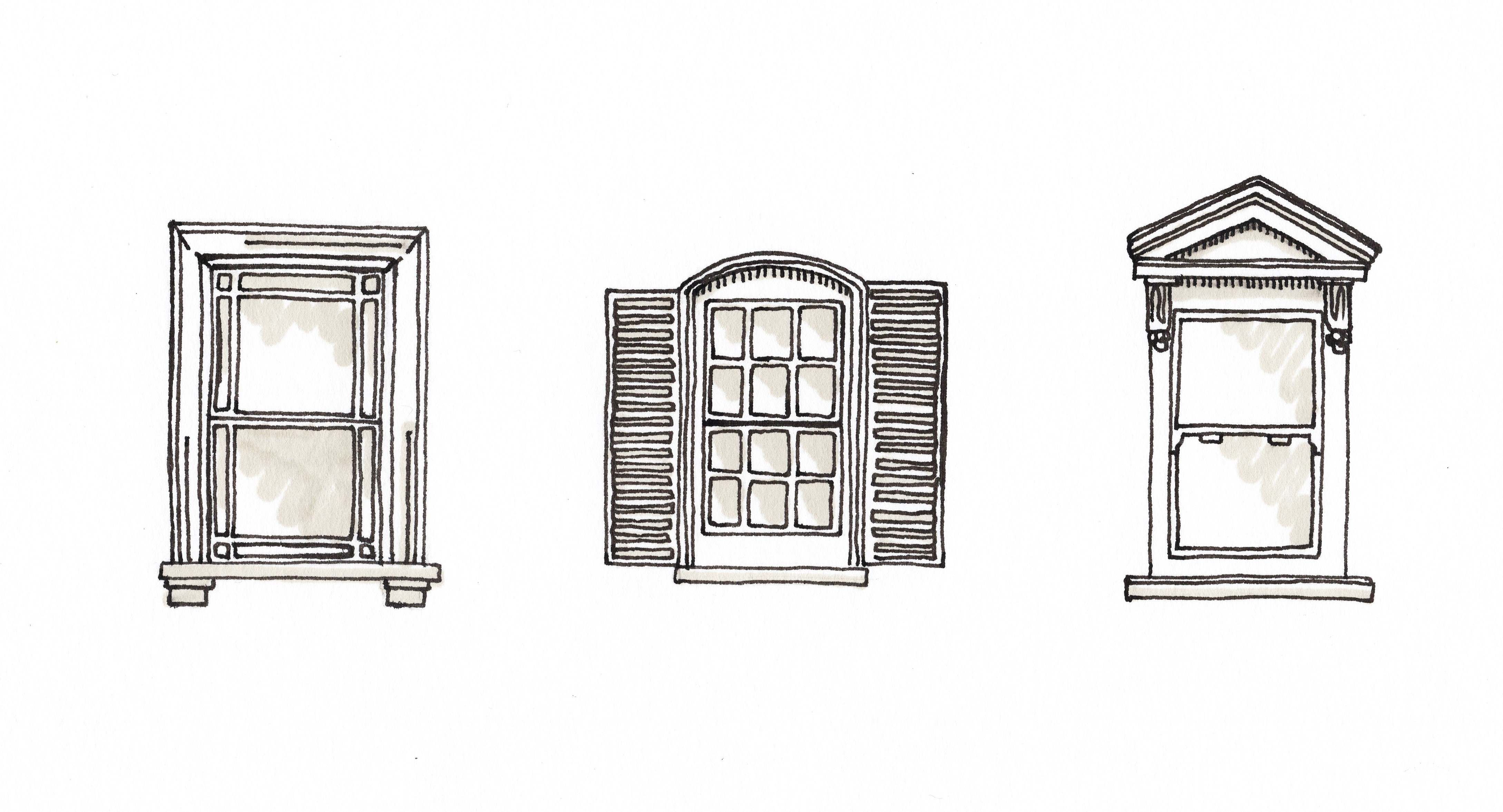
The Royal Borough of Kensington and Chelsea (RBKC) has introduced a new Local Listed Building Consent Order (LLBCO), which will help to remove barriers for owners hoping to improve the thermal efficiency of windows in their listed homes. This follows on from a similar LLBCO passed last year, which gives consent for the installation of solar panels on listed buildings.
The new order will give consent for the replacement of non-historic windows with double glazed windows, and for the application of internal secondary glazing to windows; this does not include the replacement of windows which were installed in the building before the date of listing. This will allow owners to proceed with specified works without the need to apply for individual listed building consent, subject to conditions. The order can be read in full here.
As many of the windows within RBKC’s listed buildings are original or historic, the opportunities to implement this order may be relatively few. Despite this, the order still feels significant, as it demonstrates a growing understanding of the urgent need to improve the thermal efficiency of listed buildings.
In particular, the passing of this order reflects the rapid advancements in double-glazing technology. As far as historic buildings are concerned, the mention of double-glazing often elicits a strong negative reaction, due to the bulkiness of the thick uPVC frames which can easily spoil a building’s appearance. In recent years there have been vast improvements, and slimline double-glazing is now available in as thin as 11mm, which can be used within heritage-appropriate timber frames, or even inserted within historic frames themselves.
RBKC Council have stated that they wish to ‘encourage greater uptake of energy saving measures within the borough’, and the order is part of their wider ambition for the Borough to be carbon neutral by 2040.

Windows within Kensington and Chelsea
Whilst the contents of the order itself are specific, it gives an indication of the Council’s wider commitment to sustainability, and the desire to produce solutions which both meet the needs of their residents whilst protecting what is special about the historic built environment of the Borough.
A similar LLBCO order was made by RBKC in May 2022, for the installation of solar panels on listed buildings. The order concludes that simply because the solar panels may be visible,
‘this does not mean that it will necessarily harm the special architectural or historic interest of a listed building to an unacceptable degree…
Solar installations will…become commonplace within the townscape as the imperative for carbon reduction measures increases and becomes part of everyday life’.
These recently adopted measures are indicative of an open-minded approach to future proposals within the Borough, which seek both to improve the energy efficiency of a building, whilst preserving its heritage value. RBKC was the first council in the country to introduce an LLBCO for solar panels, and it is hoped that other councils both in London and nationwide will begin to introduce similar measures. A local approach, in tandem with national legislation, may be particularly effective at enabling residents and local authorities to reach the best outcomes for their own areas and for the environment.
There is an appetite for such measures, and for more innovative approaches to improving the sustainability of listed buildings in general. Whilst energy improvement measures have often felt to be at odds with the protection of historic buildings, this may be changing, as both awareness and knowledge increases of sustainable building practices and technologies. Recent high-profile examples include the approved installation of solar panels on the roof of King’s College Chapel, and the installation of double-glazed windows at the Grade I Ledston Hall in Yorkshire.
Heritage specific guidance is integral to a successful outcome, and clarity can be provided by heritage consultants well versed in both the assessment of historic buildings and the legislative process. Recent breakthroughs show that when done correctly, and when supported by policy and legislation, the application of new sustainable technologies can go hand-in-hand with traditional building maintenance.






















